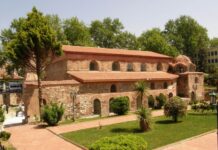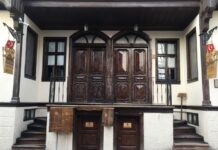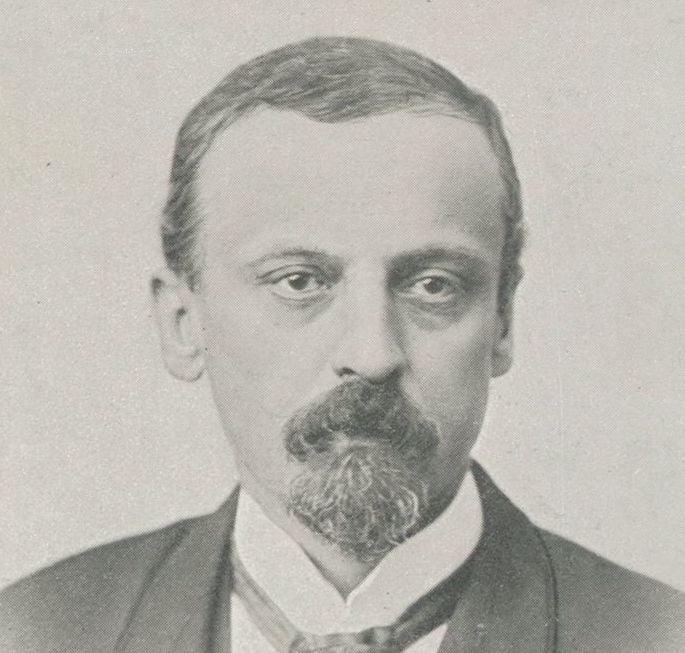A Journey Through Ancient Lydia
Historical Overview
Situated in the ancient region of Lydia, Sardis unfolds its rich history at the foothills of the Tmolus Mountains, commanding a view of the Hermus River plain. Evidence of human activity dates back to the Palaeolithic period, around 50,000 B.C. Recent excavations primarily focus on the Archaic era, particularly the 7th and 6th centuries B.C., when Sardis reached its zenith as the capital of the Lydian empire Phrygian Art and Culture in Anatolia. Additionally, attention is given to the Late Roman era when the city continued to thrive.
Archaeological Marvels
Archaeological highlights from the Archaic period include the royal burial mounds at Bin Tepe, the city wall, and a gold-working installation on the Pactalus River. Monuments from later periods, such as the Hellenistic, Roman, and Byzantine, boast structures like the temple of Artemis, a bath-gymnasium complex, a synagogue, and adjoining shops. The Archaeological Exploration of Sardis, established in 1958, has cataloged over 11,000 objects, with notable finds displayed at the Archaeological Museum of Manisa.
Early Foundations and Growth
By the late second millennium B.C., a modest community thrived beneath the acropolis. According to Herodotus, the “sons of Herakles” founded a dynasty that endured for “505 years, son succeeding father from generation to generation till the time of Candaules” (ca. 1185 to ca. 680 B.C.) Private Tours Istanbul. By the early 7th century B.C., Sardis emerged as the capital of a burgeoning empire.
The Mermnad Dynasty and Royal Achievements
During the Mermnad dynasty (ca. 680-547 B.C.), the Lydian empire expanded significantly, covering territory from the Aegean Sea to central Anatolia. Herodotus attributes the Lydian kings with the innovation of coinage (6th century B.C.) and the construction of the grand royal burial mounds at Bin Tepe. Kings Gyges and Croesus were renowned for their opulent gifts in Greek sanctuaries.
Persian Rule and Hellenistic Flourish
In 547 B.C., Sardis faced sack by Cyrus the Great, leading to Persian control until 334 B.C., when Alexander the Great seized the city. Flourishing through Hellenistic and Roman times, ambitious projects, including the temple of Artemis and a bath-gymnasium complex, were undertaken. A remarkable discovery is the partially restored synagogue, the largest early synagogue excavated in the Mediterranean world, showcasing Sardis’s diverse and enduring history.








